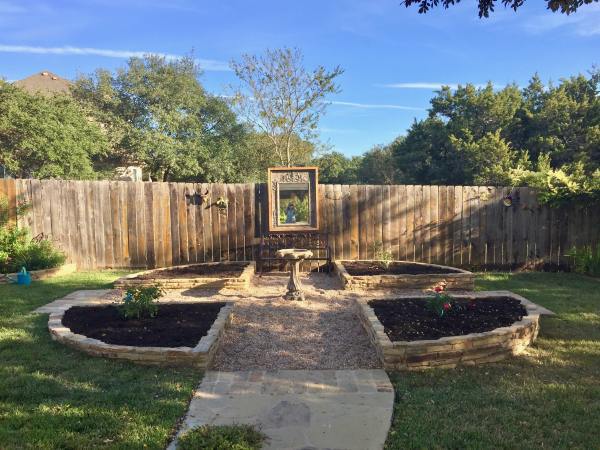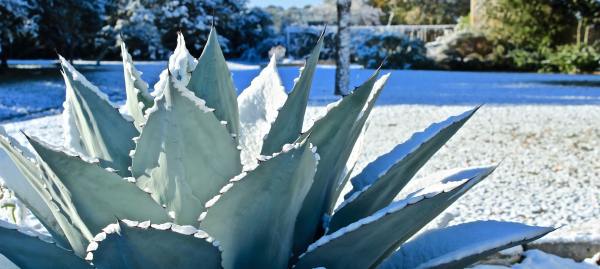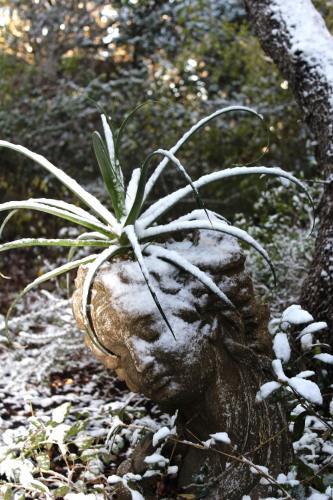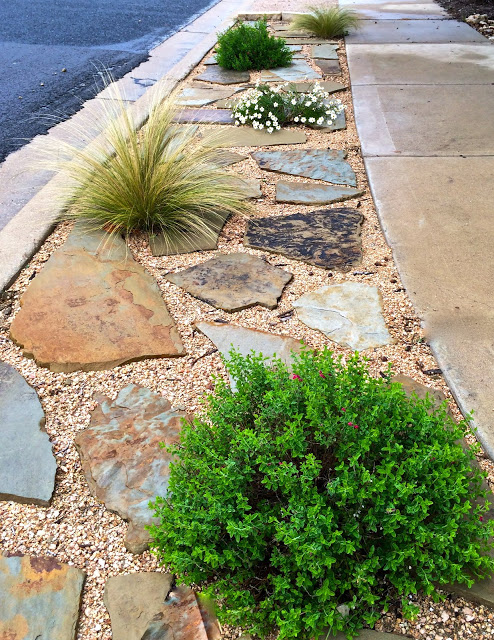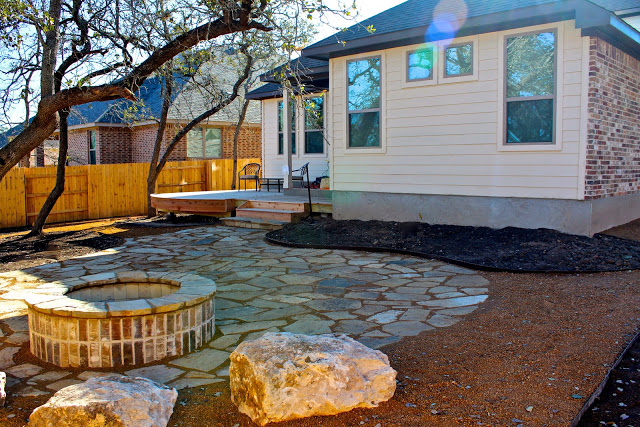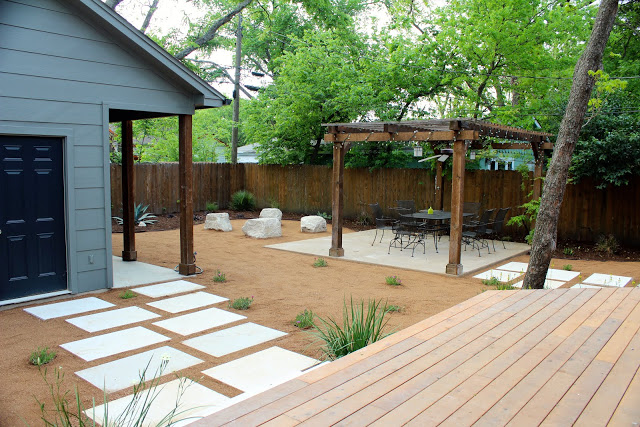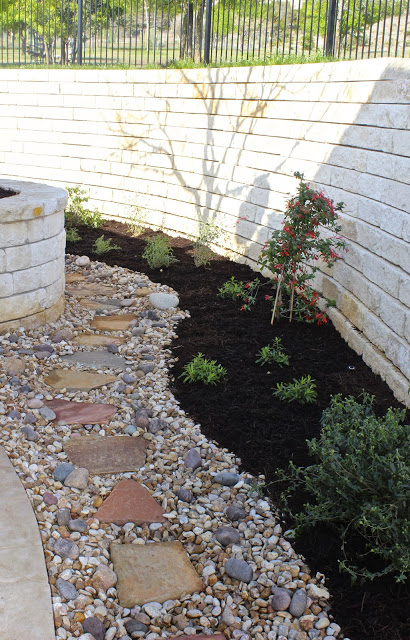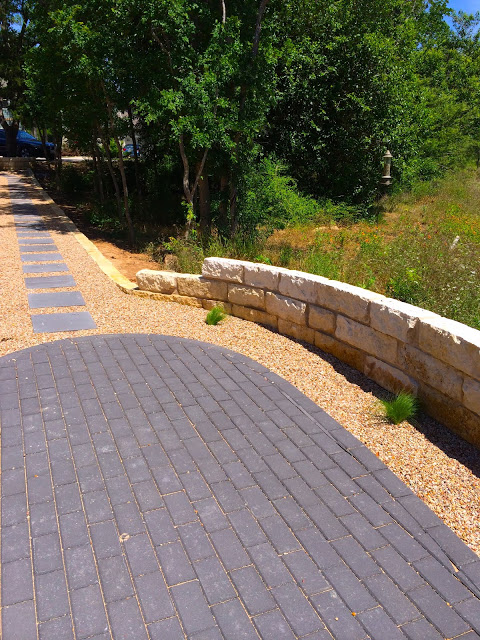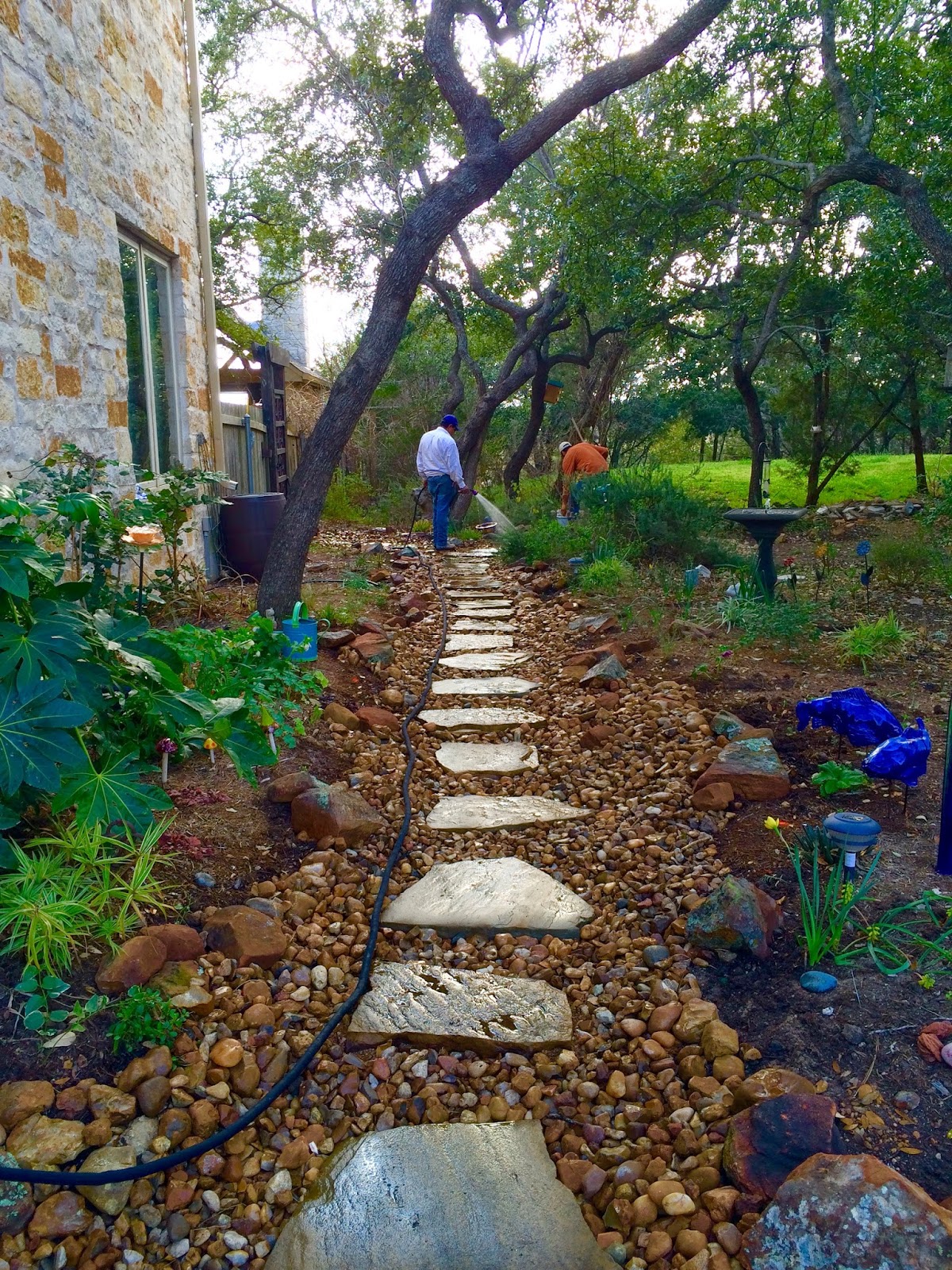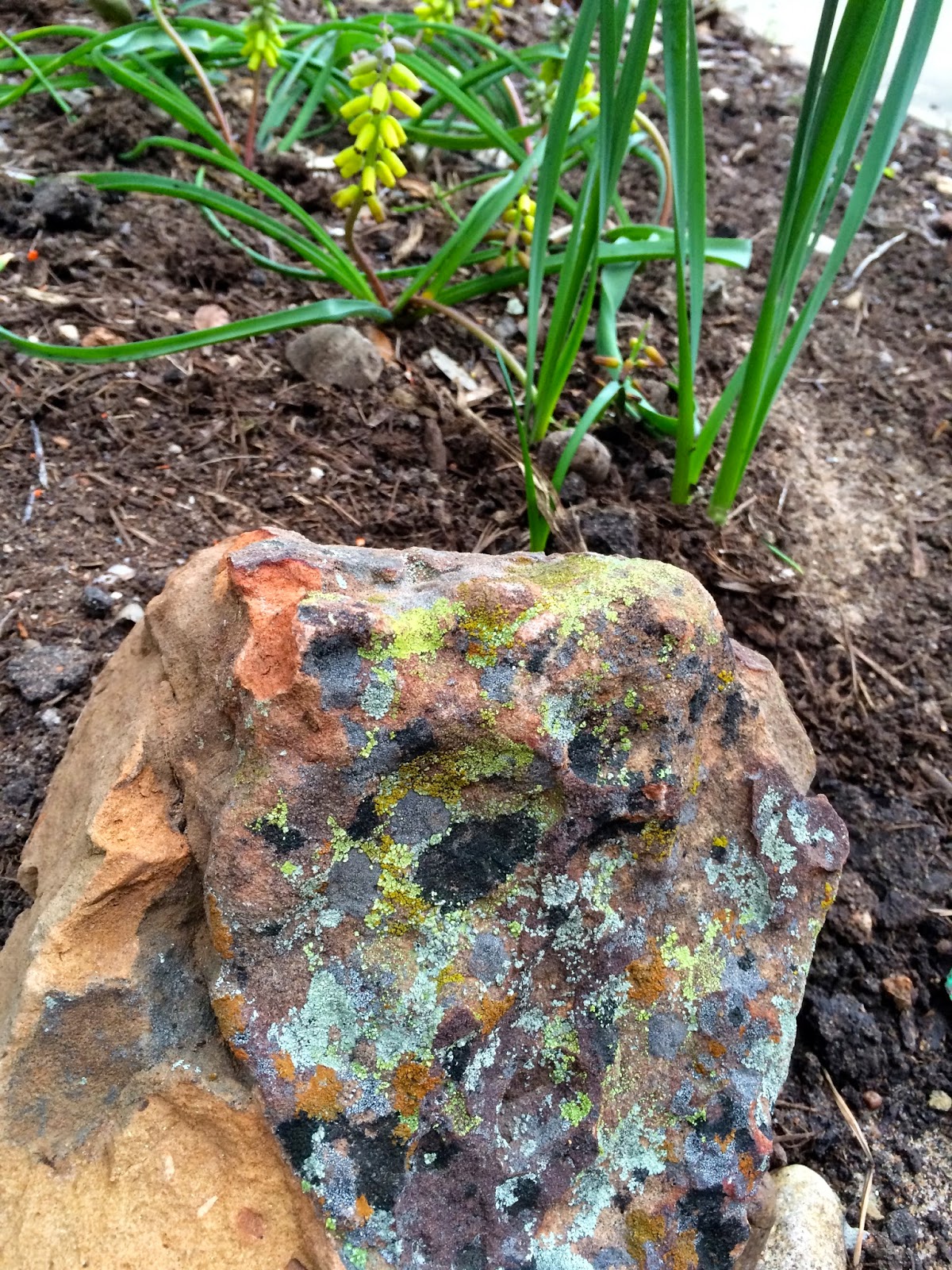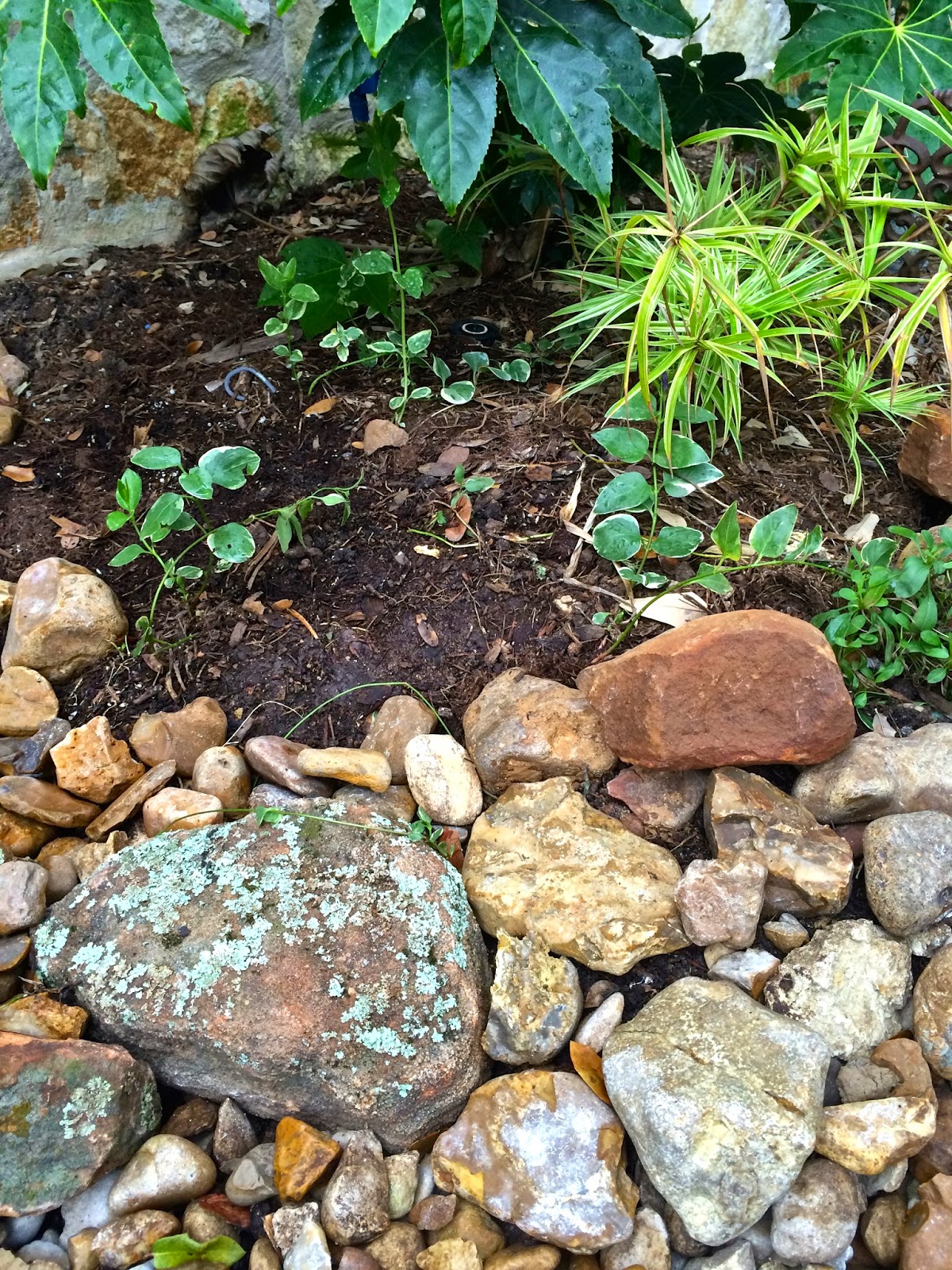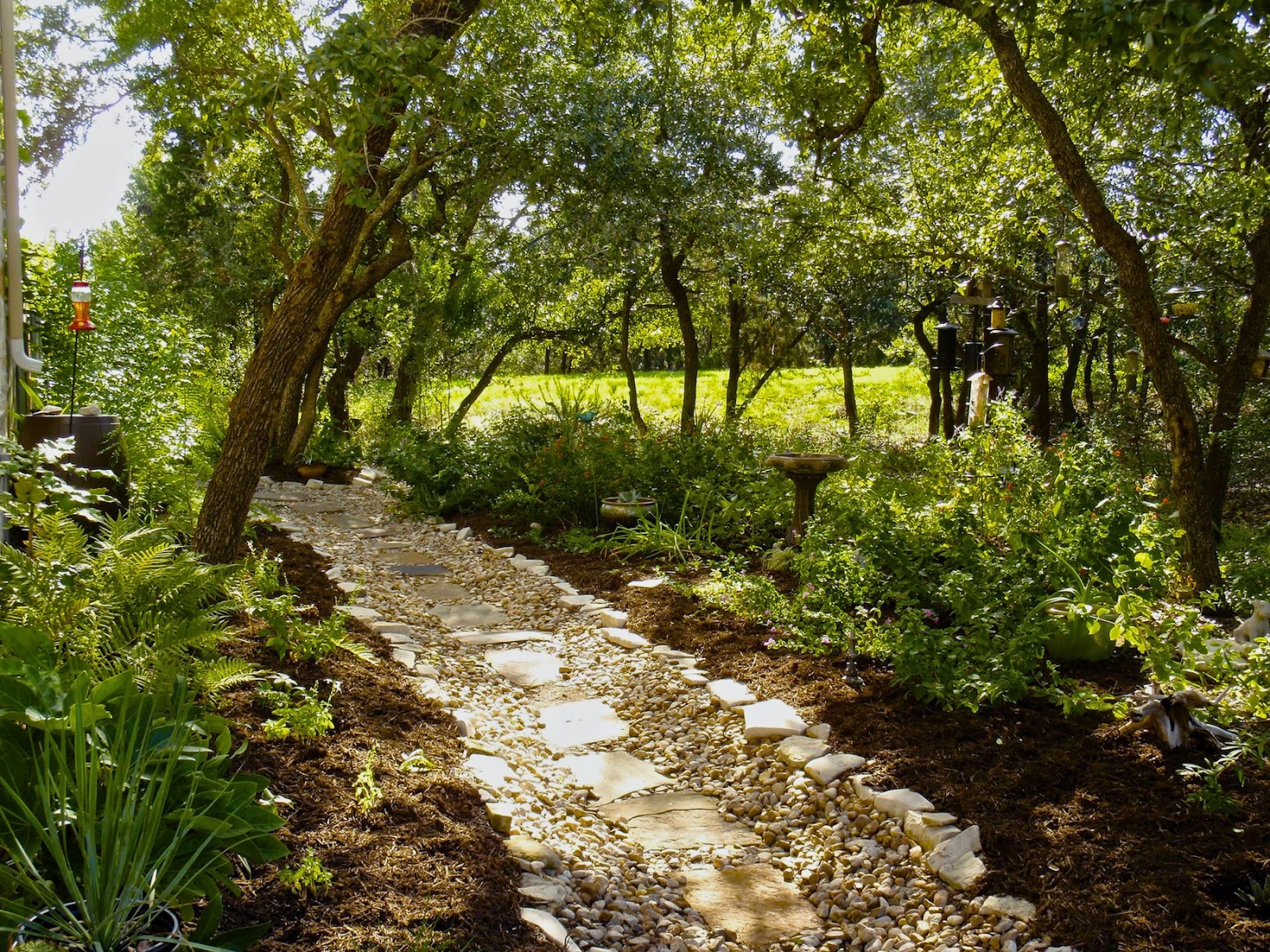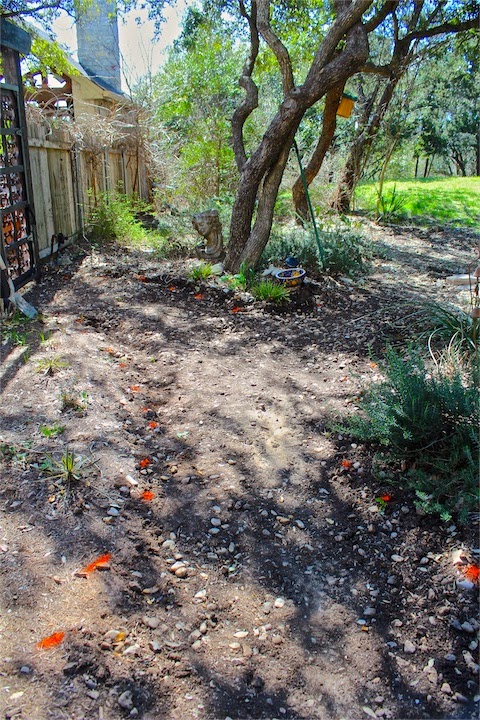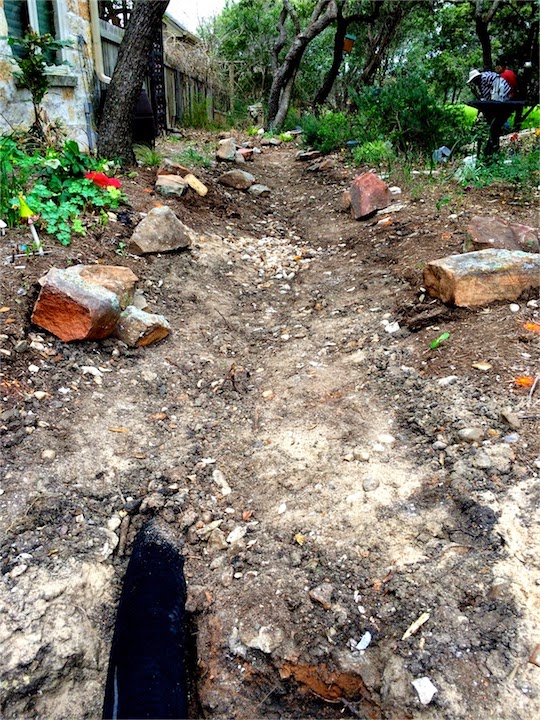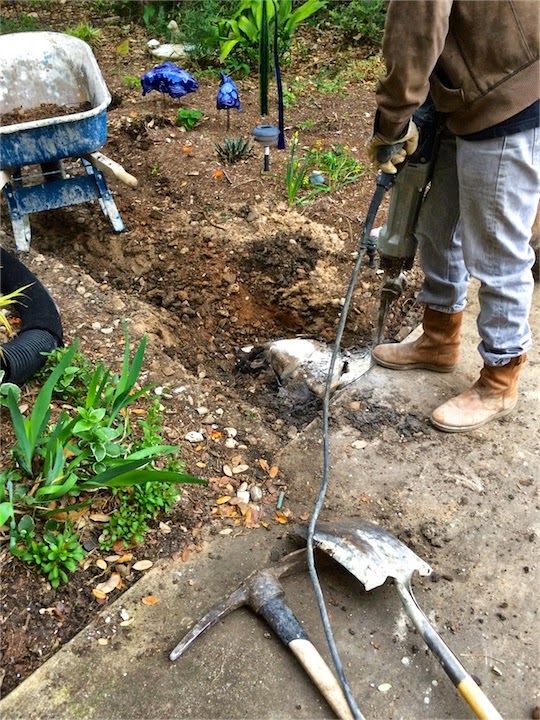Spring in full swing at Lady Bird Johnson Wildflower Center
It was a beautiful morning. Drizzling, foggy, chilly and damp. But, I was at the Lady Bird Johnson Wildflower Center spring plant sale with my friend, Laura, of Wills Family Acres, with a smile on my face and money in my pocket!
Modified for Covid protections, reservations were required and the sale has been stretched out over multiple weekends. While there were less plants in a smaller space, that wasn’t surprising given the winter we just had and the spreading out of the event time.
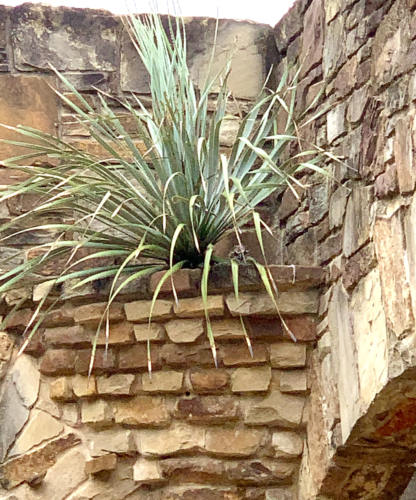
As is often the case in the spring, we were greeted by one of the baby owlets that are hatched each year. For the last 10+ years, the entrance to the center has been home to a pair of great horned owls. The mom’s name is Athena, and she and her little ones can be seen high above the entrance arch for 6 to 7 weeks in spring. Can you see the little one peeking over the ledge just under plant on the right side? Learn more about our iconic feathered friends here
They still had lots of great natives in 4-inch pots and gallons. Sun plants, shade plants, trees, agaves and grasses and yuccas. As always, I was fascinated to learn about natives new to me, and a few of them ended up in my cart. (Surprise, surprise!)
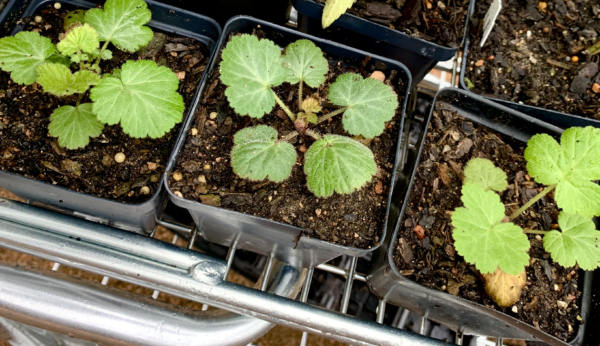
I’m trying Geum canadense, a woodland herb that grows as a ground cover in a woodland setting, it has strawberry-like evergreen foliage and a sweet little white bloom April – June. Also new to my garden, I bought a Solidago – I admire them every fall and have said for years that I’d like to have one. Well, now I do!
I also picked up several of my annual sale favorites – Helianthus maximus, calylophus, Henry Duelberg salvia, and Datura. Having a new garden helps me rationalize my purchases these days.
After our retail therapy, we treated ourselves to a leisurely walk around the grounds. The spring wildflowers and other bloomers blanket the beds, filling them with a patchwork of colors and textures like a beautiful quilt.
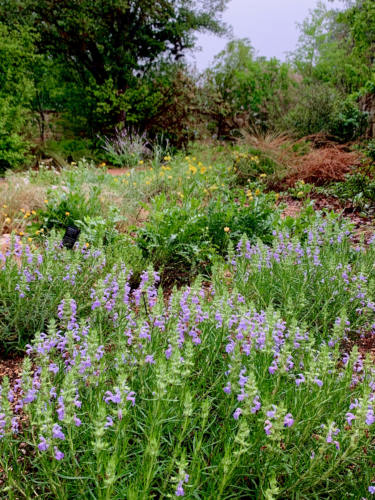
Engleman’s sage clusters brightened the beds all through the grounds.
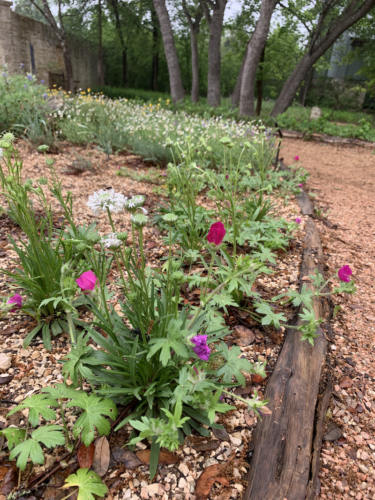
Winecup makes a beautiful border.
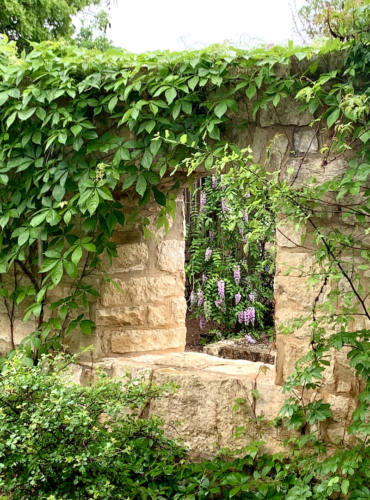
Several windows create a secret garden effect, allowing visitors to peek from one part of the garden into another.
I’ll try to keep up my blogging momentum and post the rest of my pics this week, so pop back over!


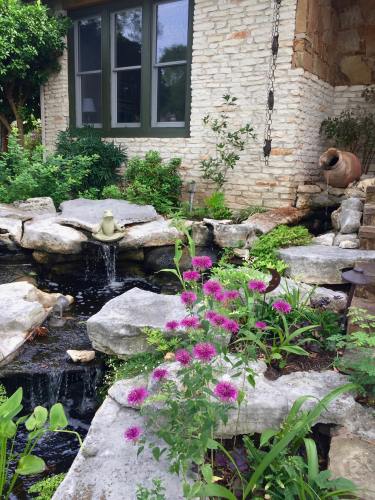
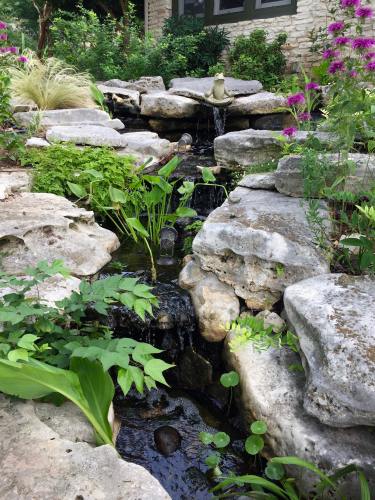
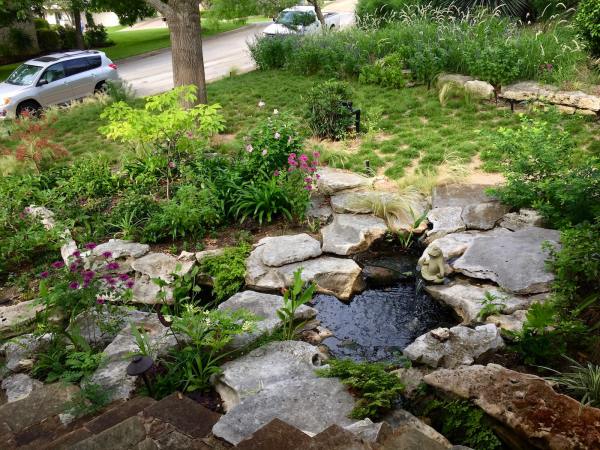
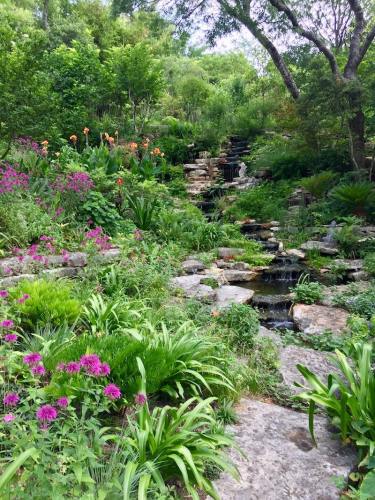
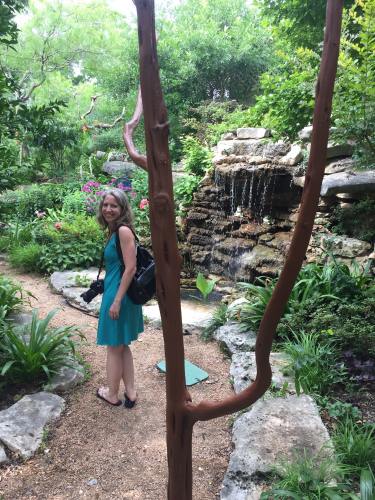
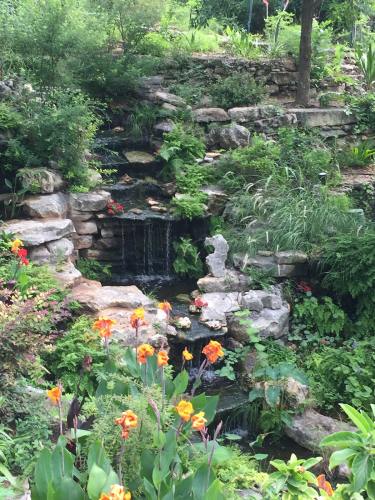
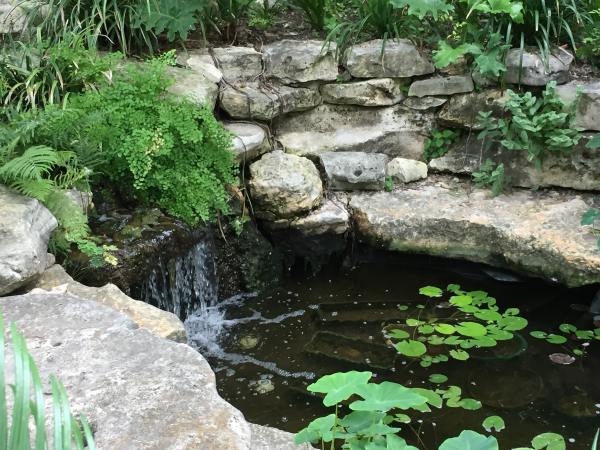
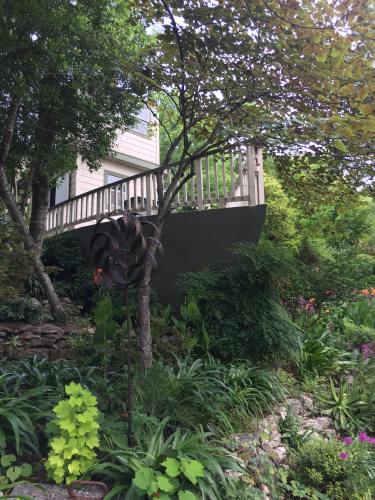
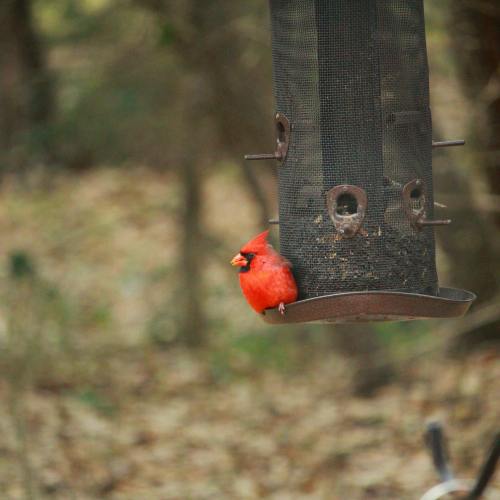
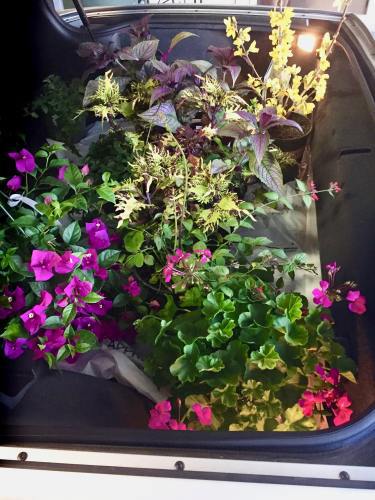
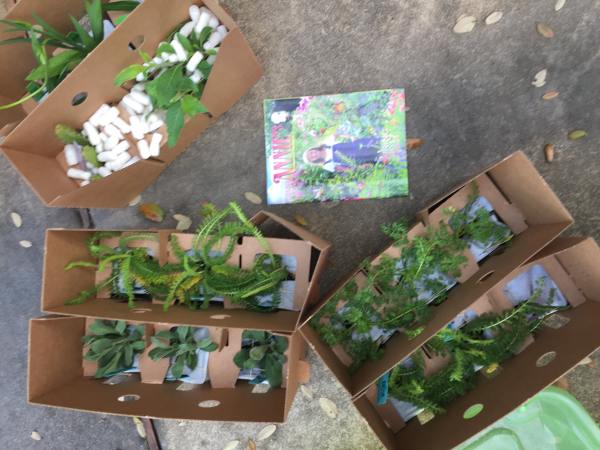
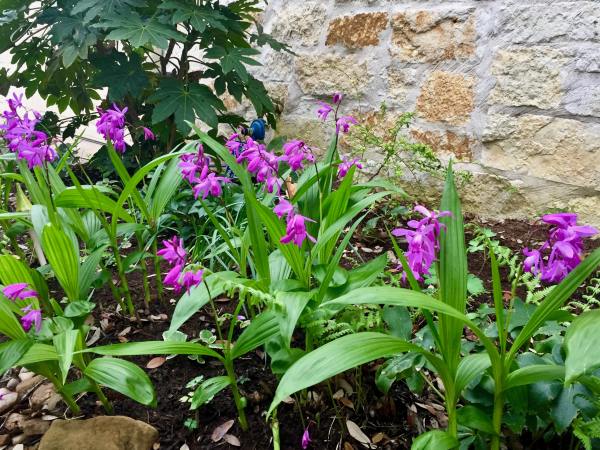
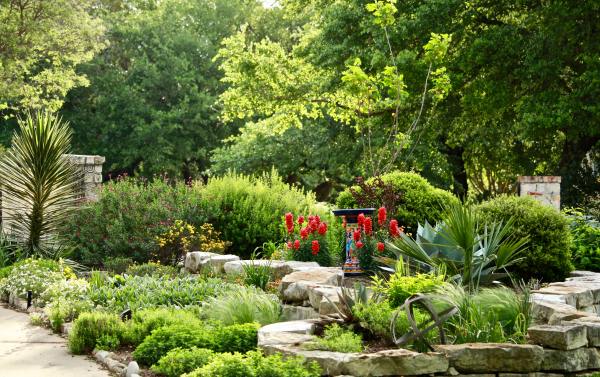
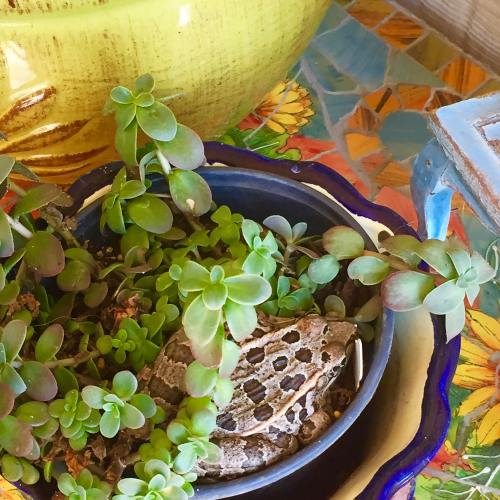
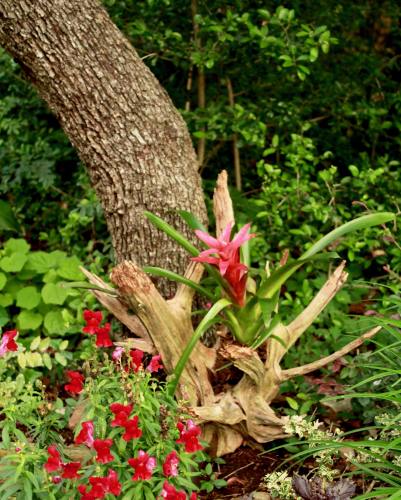
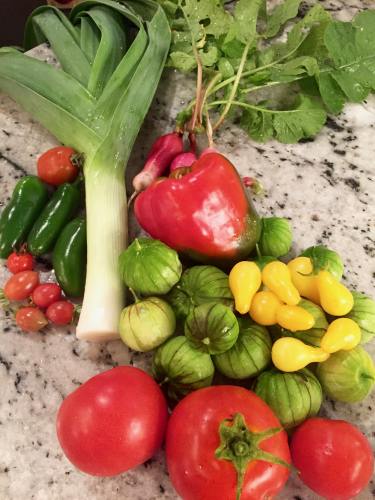 July: By now, the veggie garden provides us with an ongoing variety of great fruits and vegetables. Sadly, it is also the time for stink bugs and leaf-footed bugs to attack the tomatoes. Almost impossible to eliminate, I get depressed about the impending demise of my tomato crop. They multiply so quickly, it’s impossible to control them by hand squishing or spraying them with the hose.
July: By now, the veggie garden provides us with an ongoing variety of great fruits and vegetables. Sadly, it is also the time for stink bugs and leaf-footed bugs to attack the tomatoes. Almost impossible to eliminate, I get depressed about the impending demise of my tomato crop. They multiply so quickly, it’s impossible to control them by hand squishing or spraying them with the hose.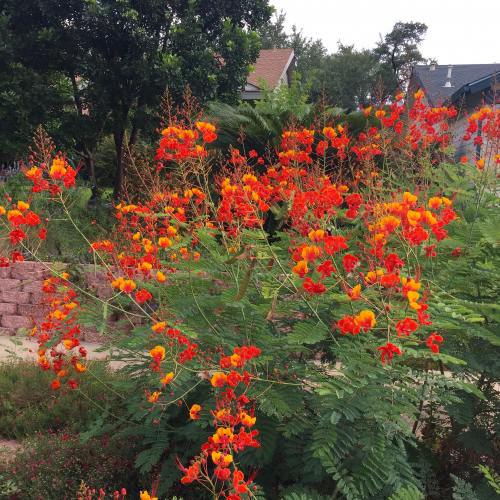
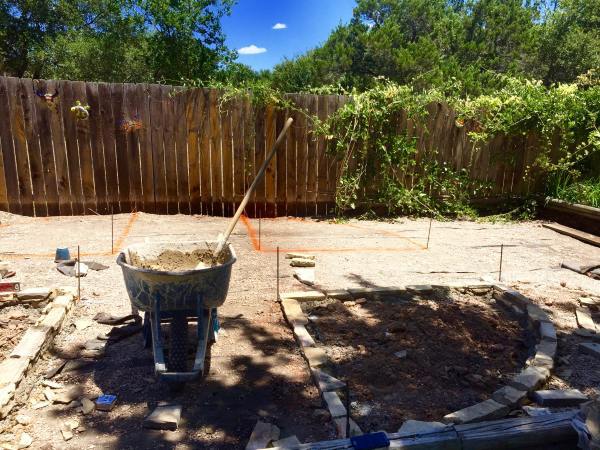
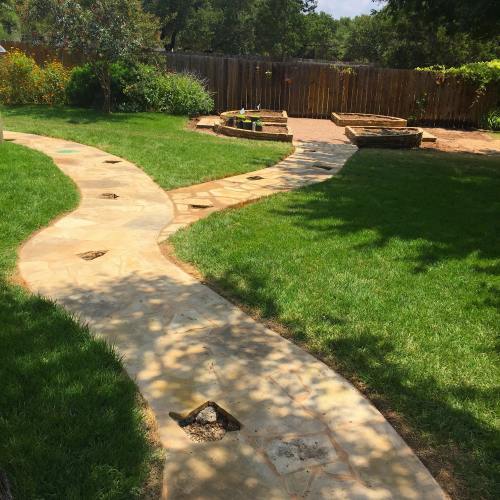
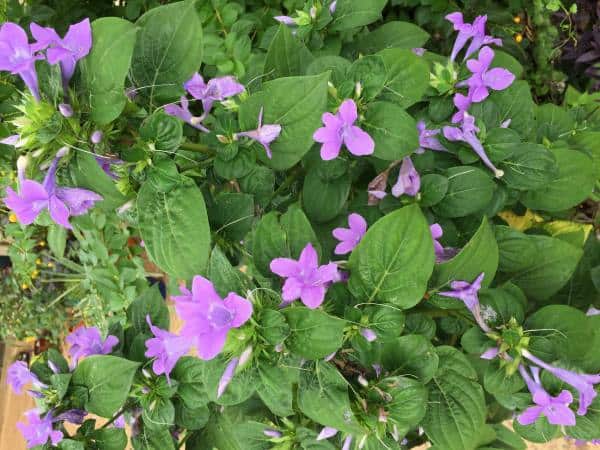 November: Fall also brought forth blooms from the newly planted Phillipine Violet, Barleria polytricha. My first experience growing this plant, it was awelcome addition to the tropical garden.
November: Fall also brought forth blooms from the newly planted Phillipine Violet, Barleria polytricha. My first experience growing this plant, it was awelcome addition to the tropical garden.